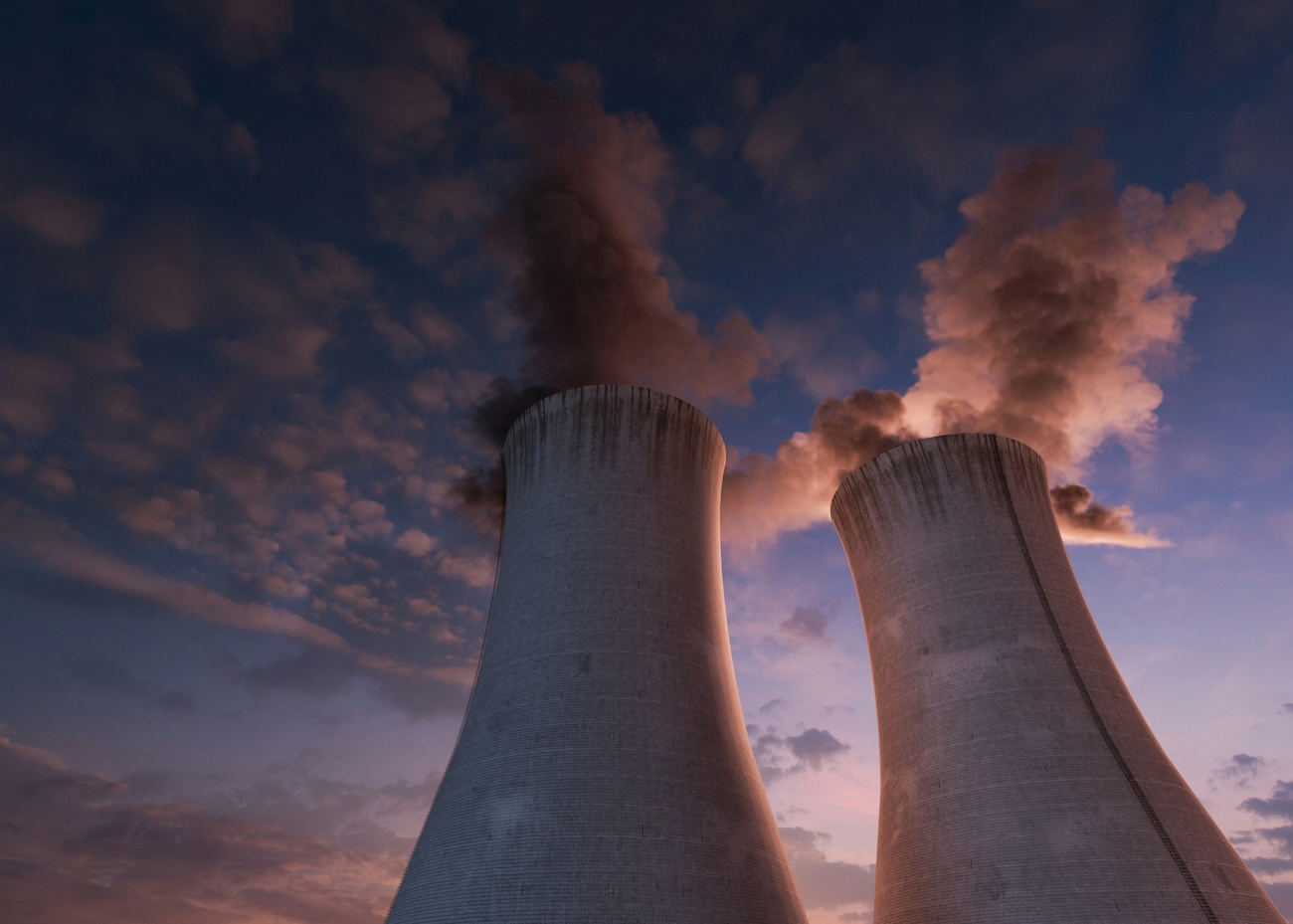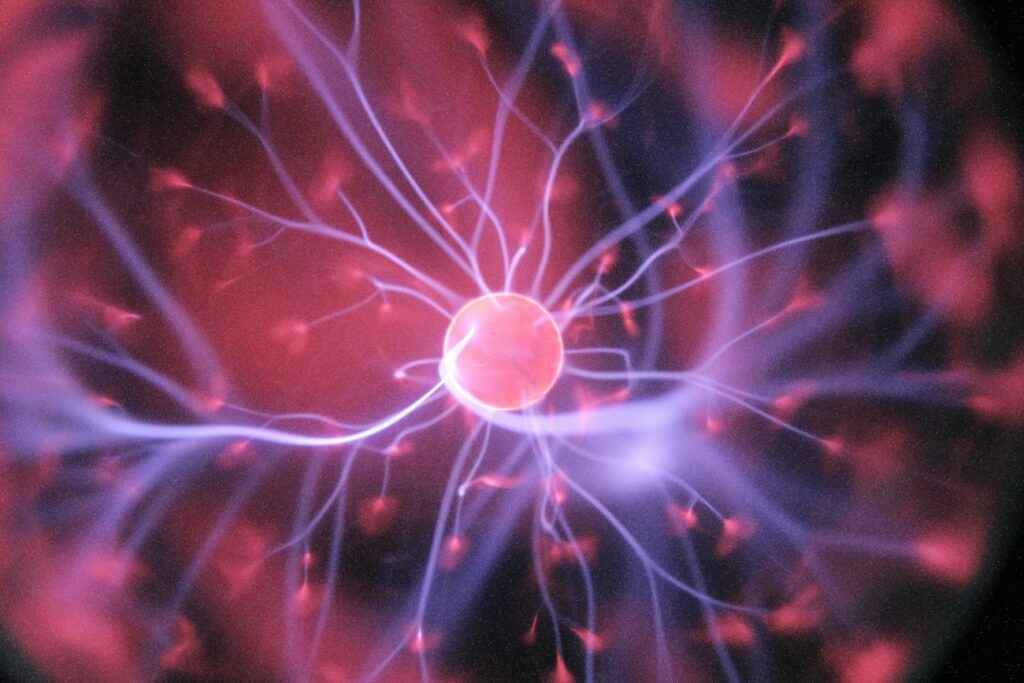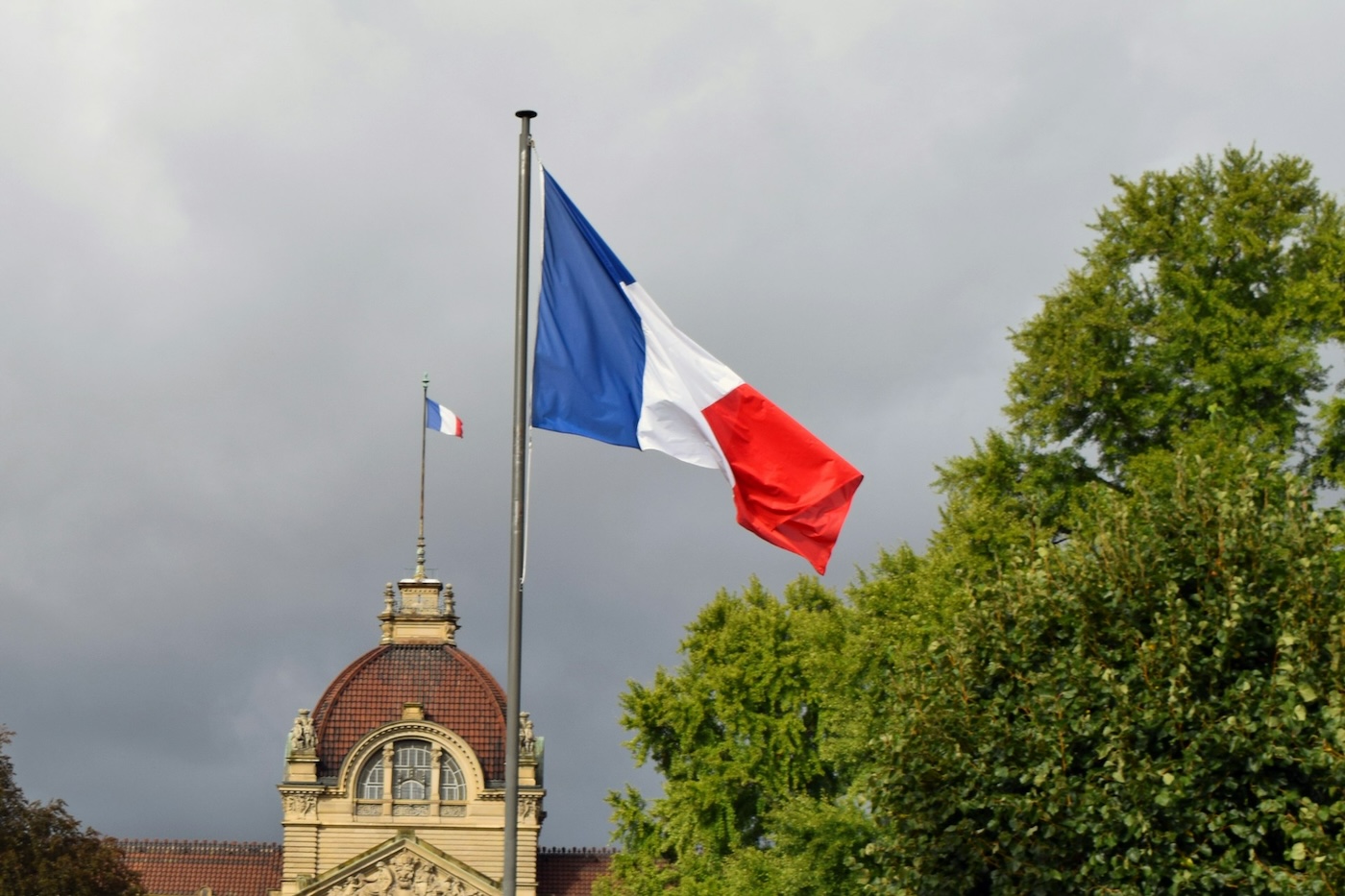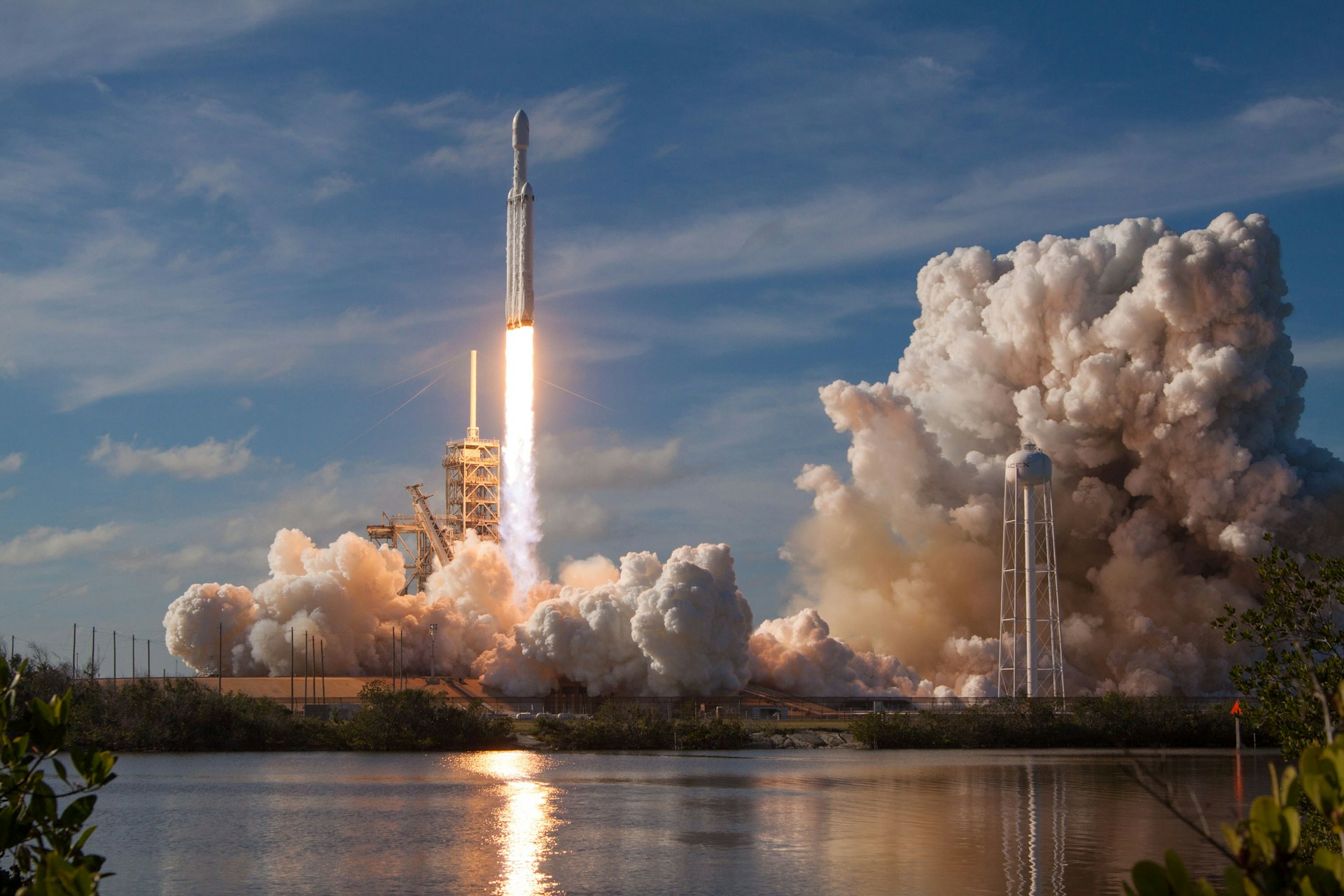
The new nuclear playbook: what it takes to succeed in 2025 and beyond
The global energy sector is undergoing its most dramatic transformation in decades. As countries race to meet climate goals, secure energy independence, and upgrade outdated infrastructure, nuclear energy has re-emerged as a central pillar of the transition. For decades, nuclear power’s role was debated in boardrooms and parliaments. Today, it’s being operationalized.
However, the path to success in this new chapter is not just about building more reactors. It’s about mastering complexity—technical, political, social, and economic. It’s about winning trust, securing investment, navigating policy shifts, and demonstrating that nuclear energy is not just safe and carbon-free, but essential, scalable, and economically viable.
This is the new nuclear playbook.
From justifying to deploying: a strategic pivot
Nuclear energy has been on the defensive for much of the last two decades. After Fukushima in 2011, many countries scaled back their ambitions or halted projects altogether. But the tide has turned. Energy security concerns, especially after the war in Ukraine, have reshaped government priorities. Policymakers now view nuclear not just as a climate solution, but as a cornerstone of national resilience.
The numbers speak volumes. Over 30 countries, including major economies like the US, China, and EU members, have committed to tripling global nuclear capacity by 2050. The IAEA has revised its growth projections upwards for three years in a row. In the UK, the new draft National Policy Statement EN-7 removes siting restrictions that previously limited nuclear projects to just eight locations. It now opens the door to a broader, criteria-based approach, better aligned with regional development goals and emerging technologies like SMRs and AMRs.
In parallel, China is currently building 28 new reactors. In Europe, even traditionally anti-nuclear governments—such as Spain’s—are softening their stance. Spain’s nuclear fleet, which contributes around 20% of national electricity, was due to be phased out by 2035. Today, extensions are back on the table. Belgium has also delayed its shutdowns, and the US has restructured federal support to back small and advanced reactors.
This marks a fundamental shift. Nuclear is no longer trying to prove its relevance. It is being asked to deliver on decarbonization, reliability, and economic value.
Communication as a core capability
If deployment is the objective, communication is the enabler.
For decades, the nuclear industry relied on technical reports and regulatory compliance to “speak for itself.” That model is outdated. Today’s stakeholders—governments, investors, communities, and the general public—demand transparency, empathy, and proactive engagement.
A recent NEA training in Abu Dhabi underscored the strategic importance of risk communication. Participants from over 20 countries explored best practices in building trust, handling uncertainty, and translating complex science into accessible language. These are not soft skills; they are essential skills. Poor communication creates delays, opposition, and cost overruns. Good communication accelerates approvals, fosters partnerships, and de-risks investment.
The most successful nuclear organizations today are rethinking how they engage. They’re investing in stakeholder mapping, building feedback loops, training engineers to speak plainly, and creating communications strategies that go beyond press releases and into real dialogue. They are also listening—actively, consistently, and across platforms.
This is especially important in a digital age. From social media to webinars to local community meetings, every channel is an opportunity to inform, listen, and build trust.
Modular, scalable, flexible, the rise of next-gen deployment models
The old image of nuclear power as centralized, slow-moving, and cost-intensive is giving way to a more dynamic reality. While large reactors remain relevant in high-demand markets, most of the current innovation—and political enthusiasm—is focused on SMRs and AMRs.
These designs offer significant advantages: shorter construction timelines, lower upfront capital, easier integration into existing grids, and suitability for diverse environments—from remote mining operations to urban industrial hubs. They also unlock applications beyond electricity, such as industrial heat, desalination, and hydrogen production.
The UK’s EN-7 draft regulation explicitly aims to support these advanced technologies by modernizing planning and site selection. Developers now have more flexibility, provided they meet high standards for safety, environmental protection, and community engagement. Countries like Canada and the US have also streamlined licensing pathways and created public-private investment vehicles to de-risk early-stage deployment.
But innovation must be backed by execution. That means securing long-term policy support, developing skilled labor (a growing concern across the supply chain), and aligning projects with national energy strategies. The expectation to deliver new SMRs as early as 2032 is ambitious—but achievable if governments, industry, and local partners work in lockstep.

From risk to relevance
If the industry wants to scale, it must tell a better story.
Nuclear energy has long been framed in terms of what it prevents—emissions, blackouts, dependence on fossil fuels. But the new nuclear story must focus on what it enables: economic development, clean air, energy equity, and technological leadership.
This is particularly important in emerging markets and energy-poor regions. Nuclear energy is now seen as a clean option and also as development tool. It enables desalination in arid countries, supports energy-intensive sectors like manufacturing and data centers, and offers a pathway to decarbonize transport via EV charging infrastructure powered by baseload nuclear.
In mature markets, the narrative should evolve from defending nuclear energy to celebrating its role in future-proofing economies. The messaging must center on tangible benefits: job creation, tax revenue, health improvements from cleaner air, and lower long-term electricity prices due to price stability in fuel.
Communicating these stories effectively requires tailored strategies—fact-based, human-centered, and culturally sensitive. It also involves new voices from young engineers, community leaders, and indigenous advocates. A trusted messenger can often be more effective than a polished marketing campaign.
Building at the speed of relevance
The nuclear playbook wouldn’t be complete without a focus on execution.
The 1980s saw over 200 reactors built worldwide—one every 17 days. We’ve done it before. The question is: can we do it again, at a time when expectations are higher, and constraints more complex?
Achieving rapid deployment requires rethinking procurement, permitting, and partnerships. It also means investing in heavy manufacturing, modernizing supply chains, and addressing workforce shortages through apprenticeships, university partnerships, and cross-border talent pipelines. Finally, it calls for regulatory innovation—accelerating licensing without compromising safety.
It’s not enough to announce bold goals. The credibility of the entire sector depends on its ability to deliver on time, on budget, and with public support.
The world needs more clean, firm power—and fast. Nuclear is uniquely positioned to deliver it. But seizing this opportunity means adopting a new mindset. It means moving from explaining nuclear to delivering it, from centralized projects to modular ecosystems, and from technical defensiveness to strategic communications.




